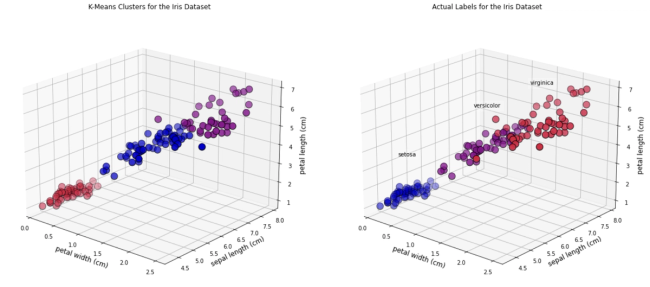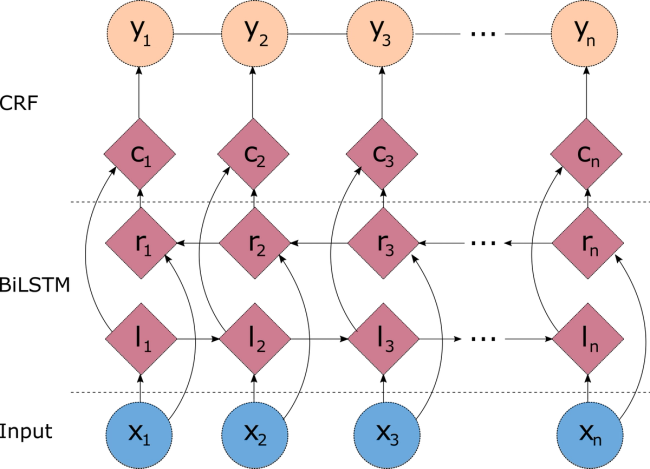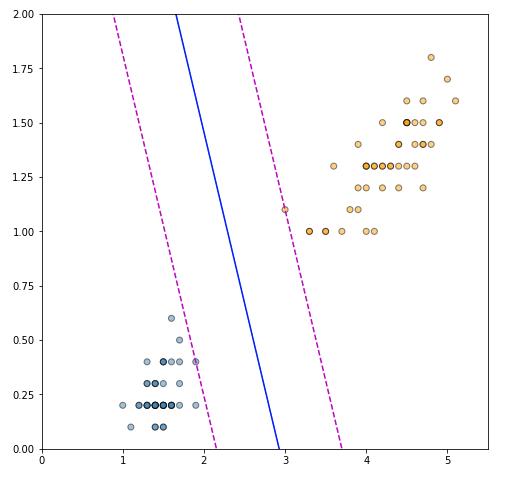Subject archive for "machine-learning," page 2

KNN with examples in Python
In this article, we will introduce and implement k-nearest neighbours (KNN) as one of the supervised machine learning algorithms. KNN is utilised to solve classification and regression problems. We will provide sufficient background and demonstrate the utility of KNN in solving a classification problem in Python using a freely available dataset.
By Dr Behzad Javaheri14 min read

Transformers — self-attention to the rescue
If the mention of "Transformers" brings to mind the adventures of autonomous robots in disguise you are probably, like me, a child of the 80s: Playing with Cybertronians who blend in as trucks, planes and even microcasette recorders or dinosaurs. As much as I would like to talk about that kind of transformers, the subject of this blog post is about the transformers proposed by Vaswani and team in the 2017 paper titled "Attention is all you need" . We will be covering what transformers are and how the idea of self-attention works. This will help us understand why transformers are taking over the world of machine learning and doing so not in disguise.
By Dr J Rogel-Salazar14 min read

Getting started with K-means clustering in Python
Imagine you are an accomplished marketeer establishing a new campaign for a product and want to find appropriate segments to target, or you are lawyer interested in grouping together different documents depending on their content, or you are analysing credit card transactions to identify similar patterns. In all those cases, and many more, data science can be used to help clustering your data. Clustering analysis is an important area of unsupervised learning that helps us group data together. We have discussed in this blog the difference between supervised and unsupervised learning in the past. As a reminder, we use unsupervised learning when labelled data is not available for our purposes but we want to explore common features in the data. In the examples above, as a marketeer we may find common demographic characteristics in our target audience, or as a lawyer we establish different common themes in the documents in question or, as a fraud analyst we establish common transactions that may highlight outliers in someone’s account.
By Dr J Rogel-Salazar13 min read

Building a named entity recognition model using a BiLSTM-CRF network
By Nikolay Manchev13 min read

Fitting support vector machines via quadratic programming
In this blog post we take a deep dive into the internals of Support Vector Machines. We derive a Linear SVM classifier, explain its advantages, and show what the fitting process looks like when solved via CVXOPT — a convex optimization package for Python.
By Nikolay Manchev18 min read

A hands-on tutorial for transfer learning in Python
Fitting complex neural network models is a computationally heavy process, which requires access to large amounts of data. In this article we introduce transfer learning — a method for leveraging pre-trained model, which speeds up the fitting and removes the need of processing large amounts of data. We provide guidance on transfer learning for NLP and computer vision use-cases and show simple implementations of transfer learning via Hugging Face.
By Dr Behzad Javaheri15 min read
Subscribe to the Domino Newsletter
Receive data science tips and tutorials from leading Data Science leaders, right to your inbox.
By submitting this form you agree to receive communications from Domino related to products and services in accordance with Domino's privacy policy and may opt-out at anytime.